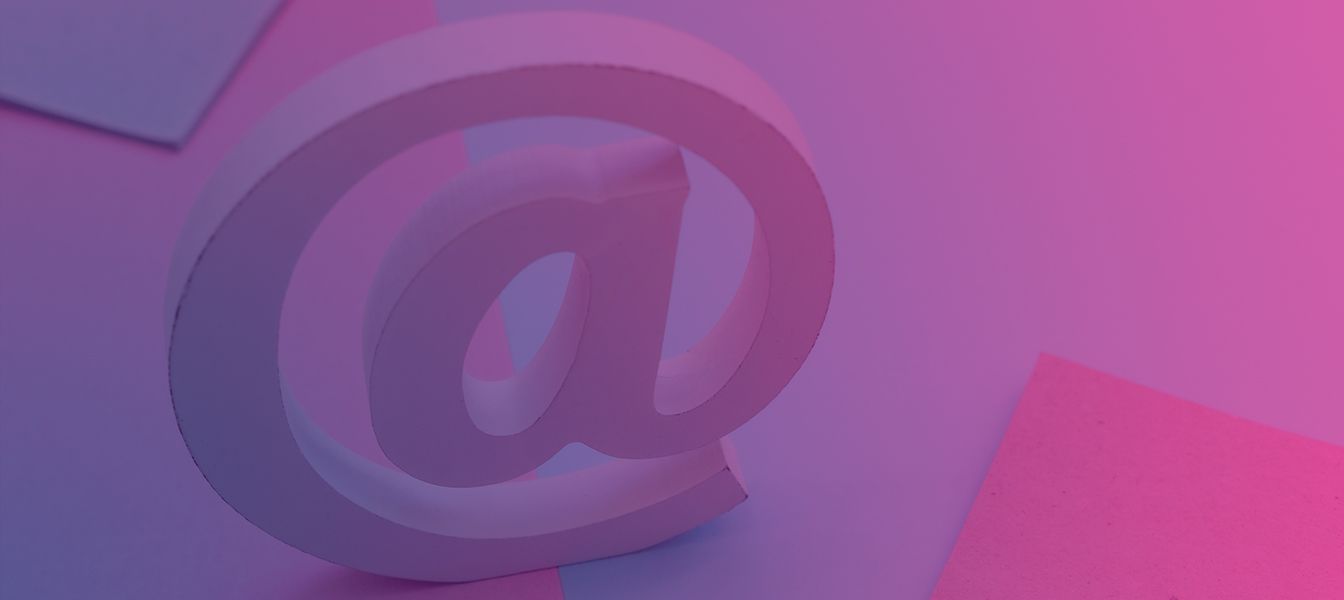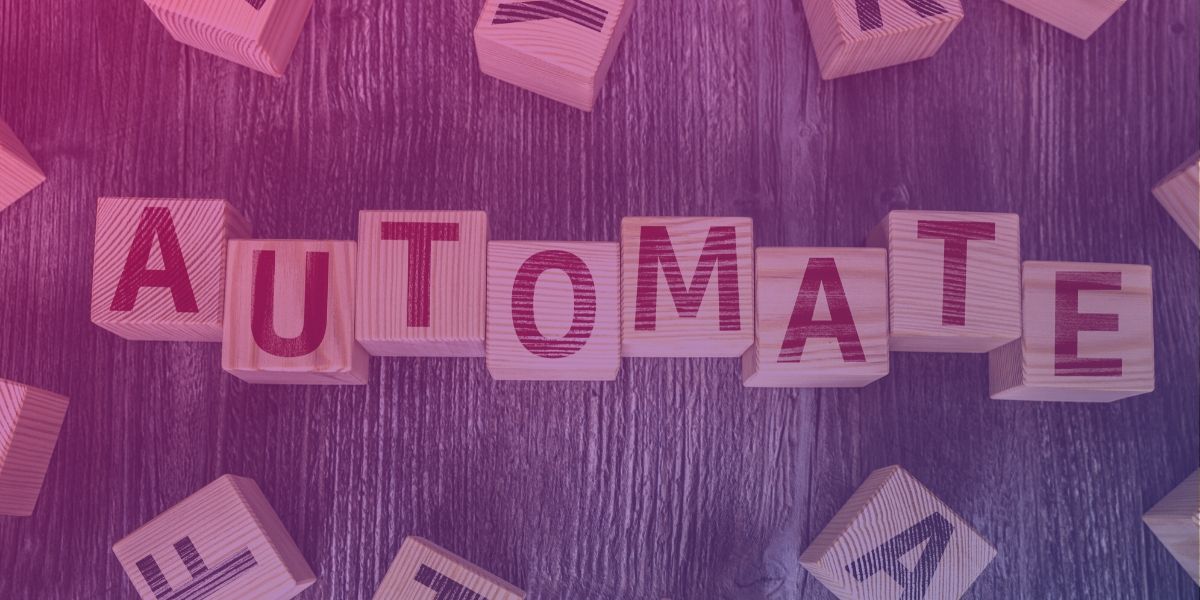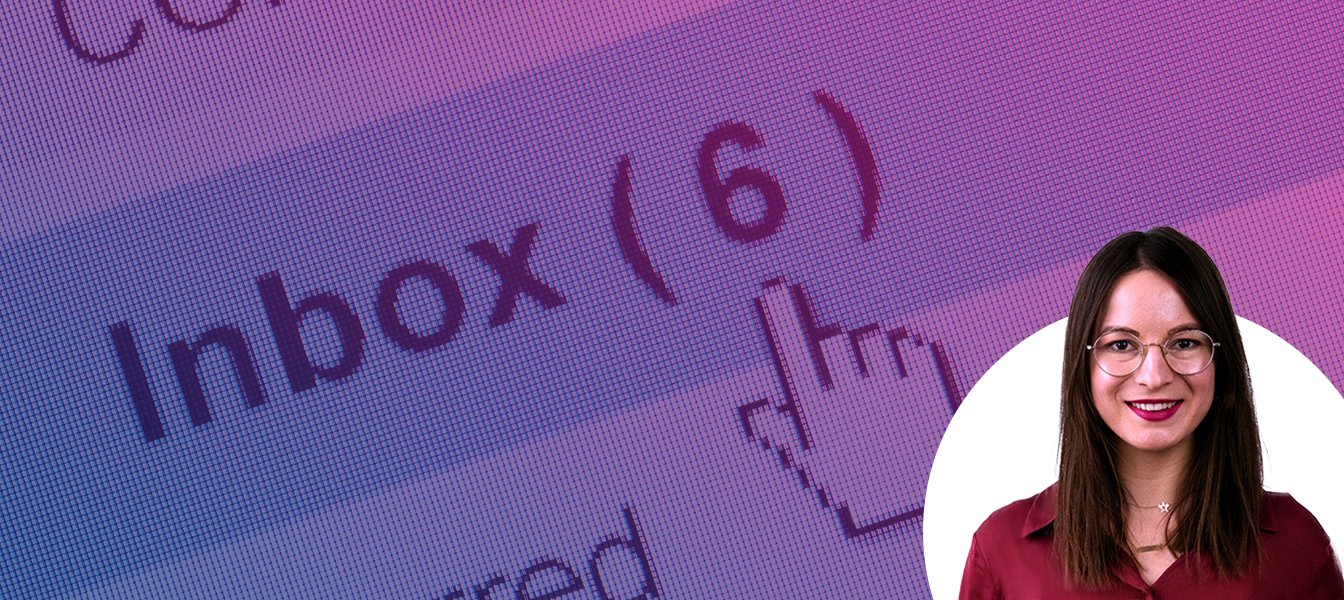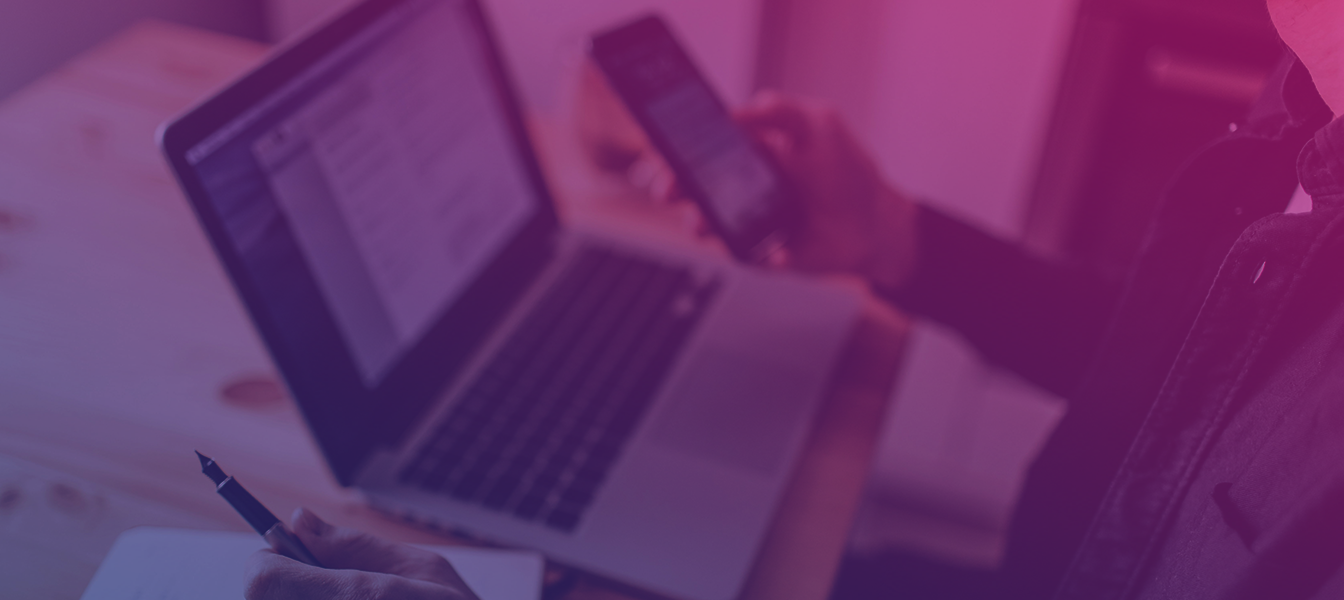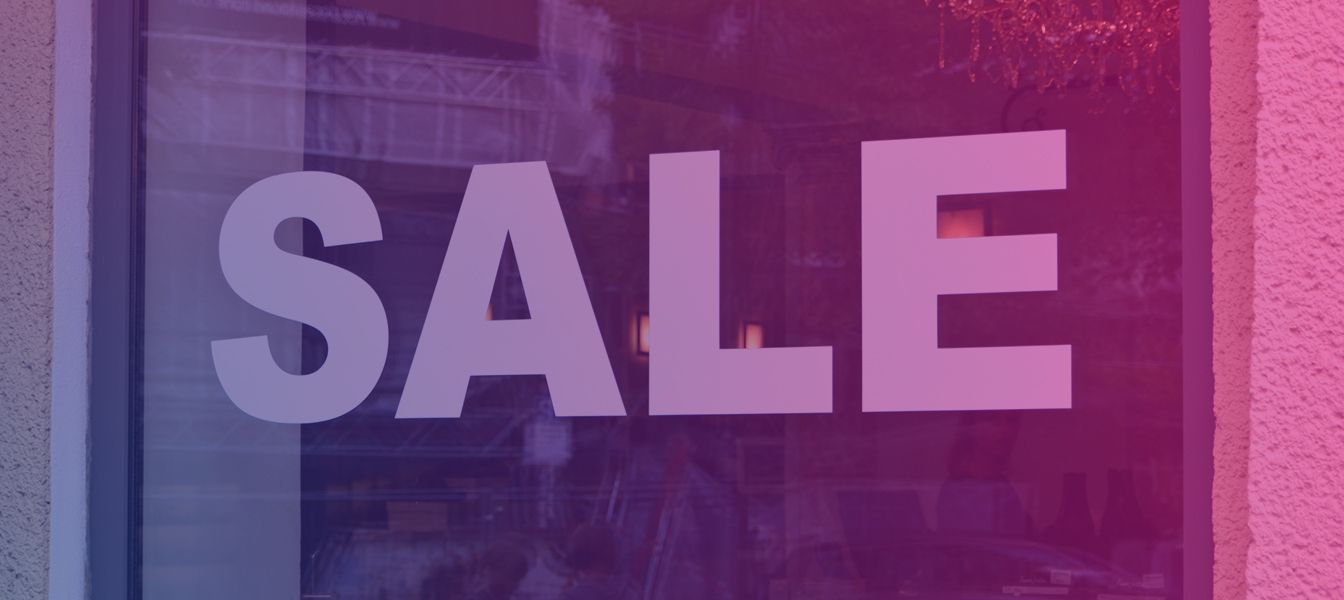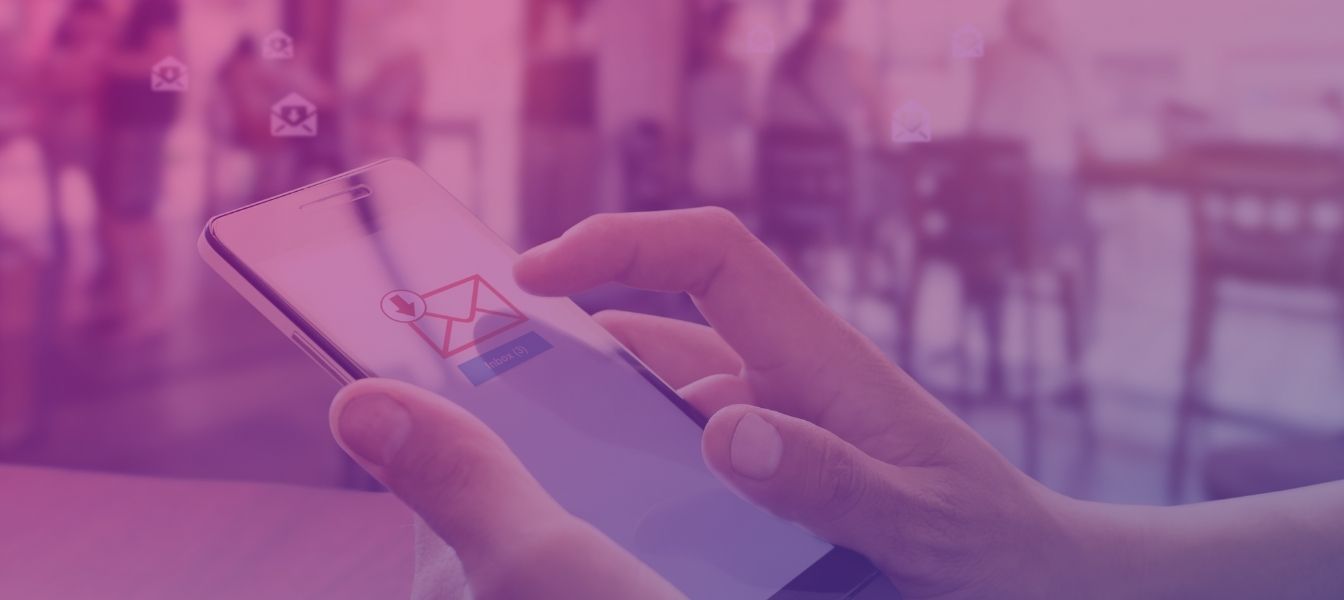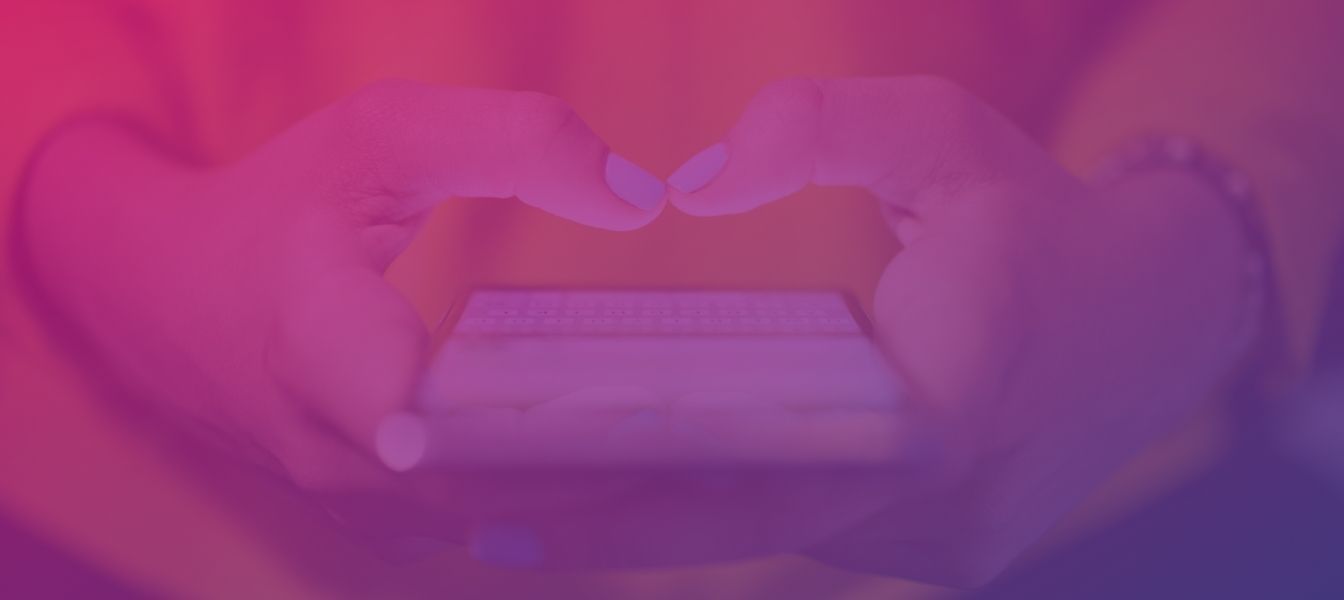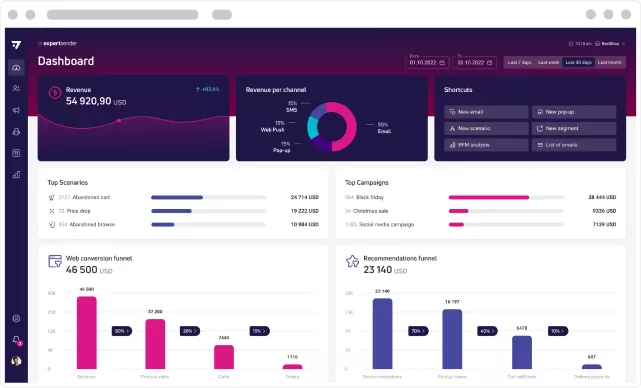How to create an effective welcome email series in e-commerce? A practical step-by-step guide
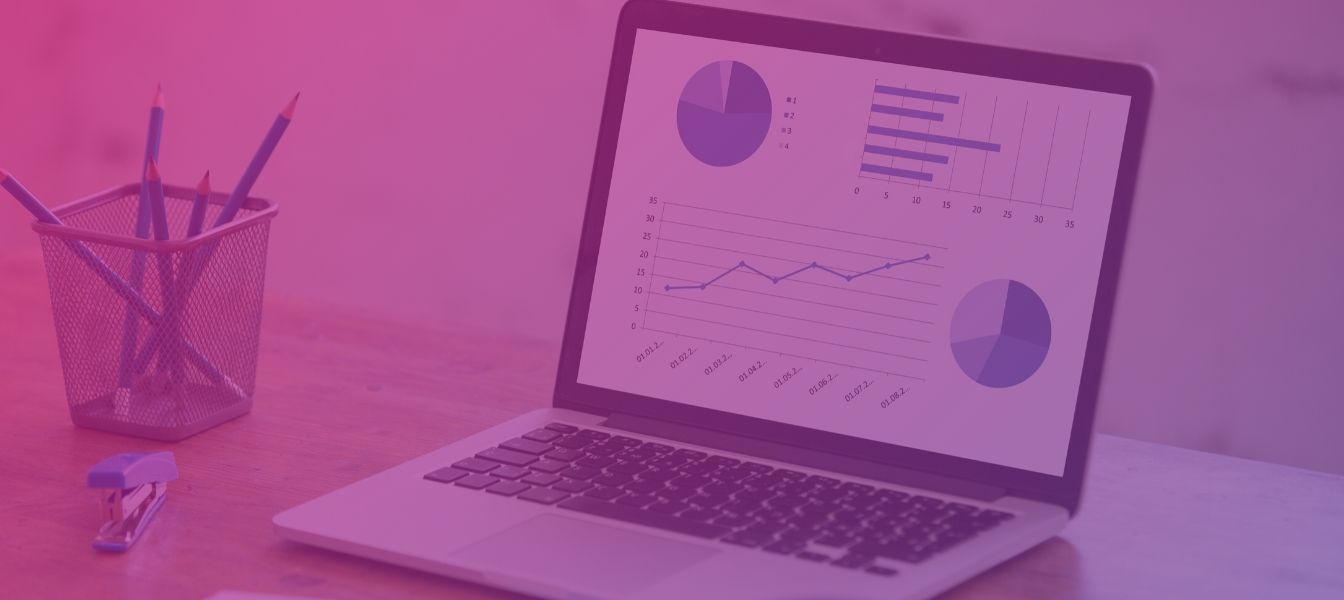
Welcome emails have, on average, four times the open rate of standard email messages (source: Wordstream) and five times the click-through rate, making them 86% more effective than traditional email marketing campaigns.
The moment a user subscribes to your mailing list or makes their first purchase is a crucial stage in your Marketing Automation strategy. This is when the customer is most engaged and willing to interact.
Every client I’ve implemented Marketing Automation for had a welcome email sequence among their top three highest-converting campaigns—whether or not the signup was rewarded with a discount.
If you don’t have a welcome email sequence, you’re missing out on engaging users at a key moment!
In this article, I will cover:
- Why a welcome series is so important
- How to create an engaging email sequence
- Common mistakes to avoid
- Examples of effective welcome emails (in a video format)
What is a welcome email series?
A welcome series is an automated sequence of emails sent after a user subscribes to a mailing list or makes their first purchase. The goal is to greet the new recipient and build a relationship by providing valuable content.
The welcome series is part of a Marketing Automation workflow, where the trigger can be:
⭐ A new subscription to the mailing list
🛍️ The first purchase (provided the user has consented to receive marketing communications)
Why is a welcome series so important?
Imagine visiting someone for the first time. They open the door, but instead of greeting you, they turn their back and leave you to figure things out on your own. Not very welcoming, right?
The same applies to email marketing—if we don’t welcome new subscribers, we leave them without guidance and miss the chance to build a relationship.
Benefits of a welcome series
✅ First impressions matter – This sequence introduces your brand, values, and offers.
✅ Builds trust – Gradually familiarizing customers with your company makes them feel more comfortable and increases the likelihood of a purchase.
✅ Gathers valuable insights – Asking about preferences allows for better segmentation and more personalized future emails.
✅ Encourages further engagement – Directs users to download an app, join a loyalty program, or explore product reviews.
How to create an effective welcome email?
1. Consistent design and readability
- Keep the layout simple—avoid text overload.
- Use high-quality visuals (team photos, product images, or brand illustrations).
- Choose a readable font—avoid decorative typefaces.
- Stick to your brand’s color scheme.
- Suggested layout: logo → headline → image → text → CTA → footer.
2. Thoughtful subject line and preheader
Your subject line should be concise and highlight the value. ✅ Examples:
- "Welcome to the [brand name] family!"
- "Thanks for joining—get ready for exclusive perks!"
- "Let's start this journey together"
3. Short and engaging content
- Don’t overwhelm the subscriber with too much information—keep the first email simple and clear.
- Share your brand story gradually in follow-up emails.
- Consider asking a question to encourage interaction.
4. Effective CTA (Call to Action)
Make sure the CTA is clear, such as:
👉 "Read more on our blog."
👉 "Claim your discount."
👉 "Join our loyalty program."
5. Easy opt-out option
Include a clear unsubscribe link—it builds trust and is a best practice in email marketing.
Common mistakes in welcome sequences
❌ Not delivering the promised incentive (e.g., discount) immediately.
❌ Talking only about the brand instead of focusing on the subscriber's needs.
❌ Lack of a clear call to action.
❌ Overloading with information—each email should have a single purpose.
❌ Pushing for a sale too soon.
❌ Sending only one welcome email instead of a full sequence.
What emails should be included in a welcome sequence?
An effective sequence typically consists of 3-5 emails:
1️⃣ First email: Welcome message, deliver the promised incentive, and provide basic information.
2️⃣ Second email: Introduce the brand and its story.
3️⃣ Third email: Highlight brand values and the benefits of staying subscribed.
4️⃣ Fourth email: Share customer reviews, invite engagement, or collect subscriber data (e.g., birthday, interests).
5️⃣ Fifth email: A soft offer or an invitation to try the product.
Strategy for sending welcome emails
🔹 First email should be sent immediately—the user expects it right after subscribing.
🔹 Don’t stop at one email—a series of 3-5 emails works best over several days.
🔹 Optimal sending intervals:
- First email: Immediately
- Second email: 1-2 days later
- Third email: 3-5 days later
- Next emails: 7-10 days apart
🔹 Adapt content based on user behavior. If a subscriber hasn’t opened the first email, tweak the subject line and resend.
🔹 Personalize your communication. Use the subscriber’s name, segment your list, and tailor content based on preferences.
🔹 Track performance metrics. Monitor open rates, clicks, and unsubscribes to optimize future campaigns.
Do you already use a welcome email series? If not, it’s time to start! 🚀
Latest Resources
We share our knowledge

